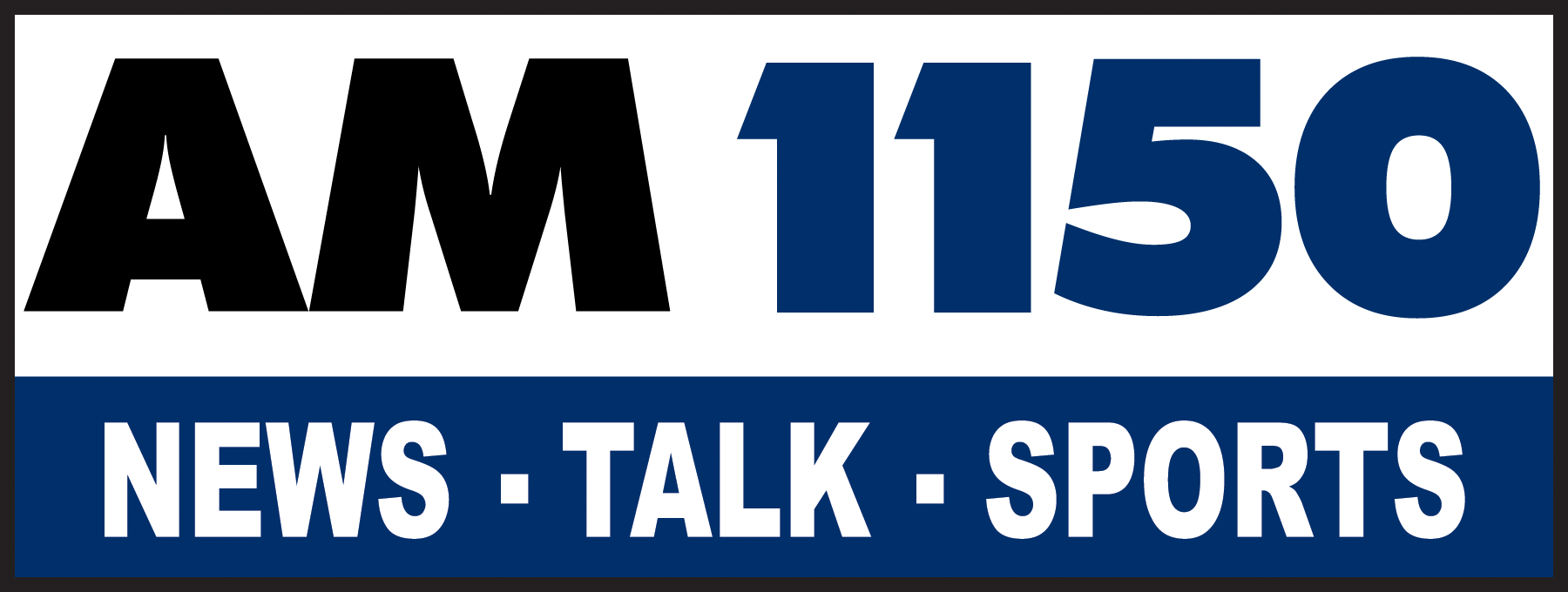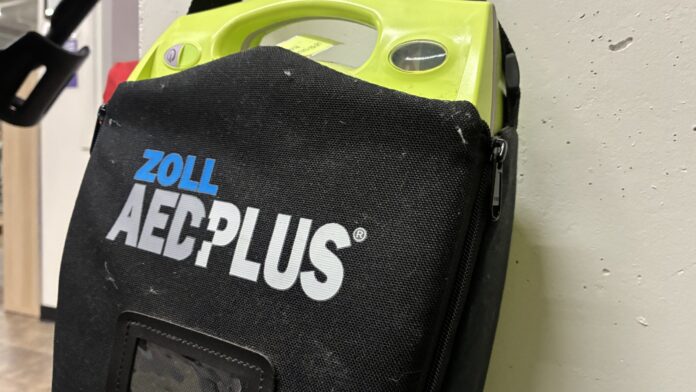B.C. school officials say the province’s move to require automated external defibrillators (AEDs) and naloxone kits in all public schools is a positive step, but some are concerned about a lack of provincial funding to support the requirements.
Automated external defibrillators, or AEDs, are electronic devices used to treat sudden cardiac arrest.
B.C.’s Ministry of Education updated a policy in July, saying all secondary schools in British Columbia must have AEDs and drug overdose prevention kits by the end of this year. For middle and elementary schools, that deadline is September 2026. The changes were not accompanied by a new funding announcement.
“While unexpected health emergencies on school grounds are rare, when they do happen, every second counts,” said Lisa Beare, B.C.’s Minister of Education and Child Care in a statement. “Schools are community hubs and having lifesaving emergency tools available can save lives.”
Beare did not respond to questions about whether provincial funding is coming to help schools meet the deadlines.
The new requirements follow months of advocacy by a group of Vancouver-area students and their supporters. Students for AEDs began a campaign to install the devices in all Vancouver School Board schools after a Grade 9 student at Point Grey Secondary died of cardiac arrest in 2023.
In January, the school board committed $250,000 to implement AEDs across all schools, and is also fundraising toward that goal.
The family of University of Victoria student Sidney McIntyre-Starko have also been vocal advocates for improving overdose prevention policies and education in schools, after the 18-year-old’s overdose death in January 2024.
In an open letter, the family said students who tried to help did not have access to naloxone in their dormitory and were not trained to recognize an overdose or perform CPR. They want CPR and naloxone training to be mandatory in B.C. high school curriculums.
So far this year, there have been 16 illicit drug deaths in kids under the age of 18. In 2022, there were a record 34 deaths under the age of 18.
The ministry said that starting this school year, Grade 10 students will learn CPR and how to use AEDs as part of their physical and health education curriculum. It encouraged school districts to extend the training to Grade 11 and 12 students who have not received it.
It also said all districts must ensure staff are trained in the safe use of first-aid tools.
There is no requirement for schools to train students on how to administer naloxone. The ministry said those decisions will be made by districts at the local level.
Some school districts in B.C. say they have been working toward having AEDs in more schools for a while.
Jameel Aziz, superintendent for School District No. 57 in the Prince George area, welcomes the requirements, saying he once worked at a school where a young person died of a cardiac episode during a P.E. class.
“I think anything we can do to help circumvent those kinds of instances is a positive,” said Aziz.
He said all high schools in his district already have AEDs, but the requirement for all schools to have AEDs in place by June 2026 will “take a little bit of work.”
He said his district has the ability to handle the initial costs of installing the AEDs in all schools, but there are concerns around the ongoing costs for maintaining the devices.
Aziz added the district will be looking to train as many staff as possible on the use of naloxone kits, but he’s also hoping for more guidance around it from the province.
In School District No. 8 in the Kootenays, Superintendent Trish Smillie expects all schools to be equipped by this fall.
“We’re a little ahead of the game,” she said.
Smillie said fewer schools in the district currently have naloxone kits, but all middle and secondary schools will be equipped with the kits by this fall.
While her school district has available funds to meet the requirements, the lack of additional provincial funding means the money must come from elsewhere in the budget.
“New initiatives should come with funding,” said Smillie.





